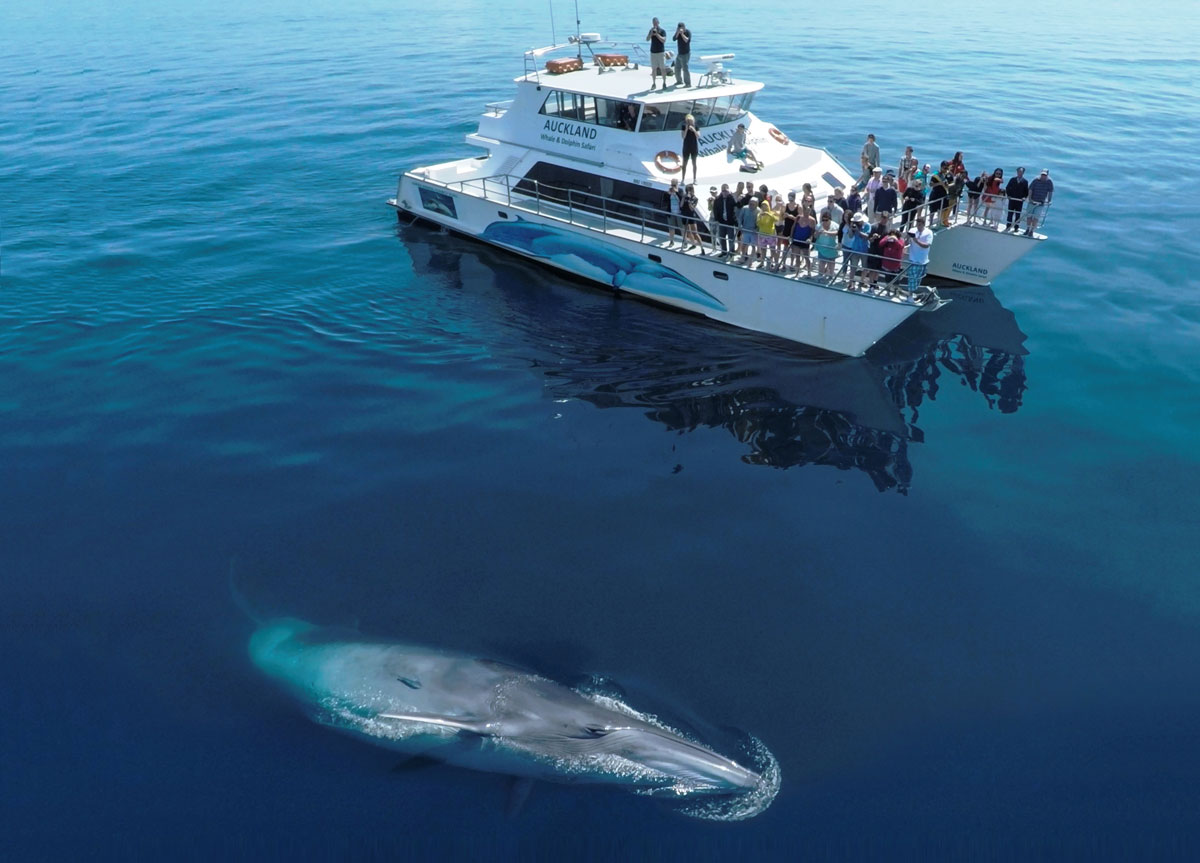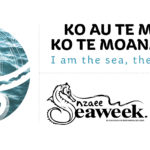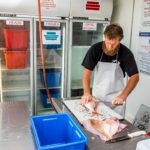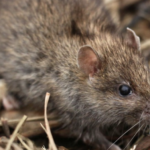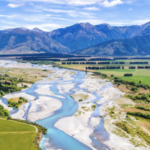As the Auckland Whale and Dolphin Safari boat glides out of the Viaduct Basin each day, heading into the Hauraki Gulf, anticipation is high among those on board.
The chances of spotting some of the common and bottlenose dolphins found in these waters, or the 50 or so Bryde’s whales that call the Gulf home, is high.
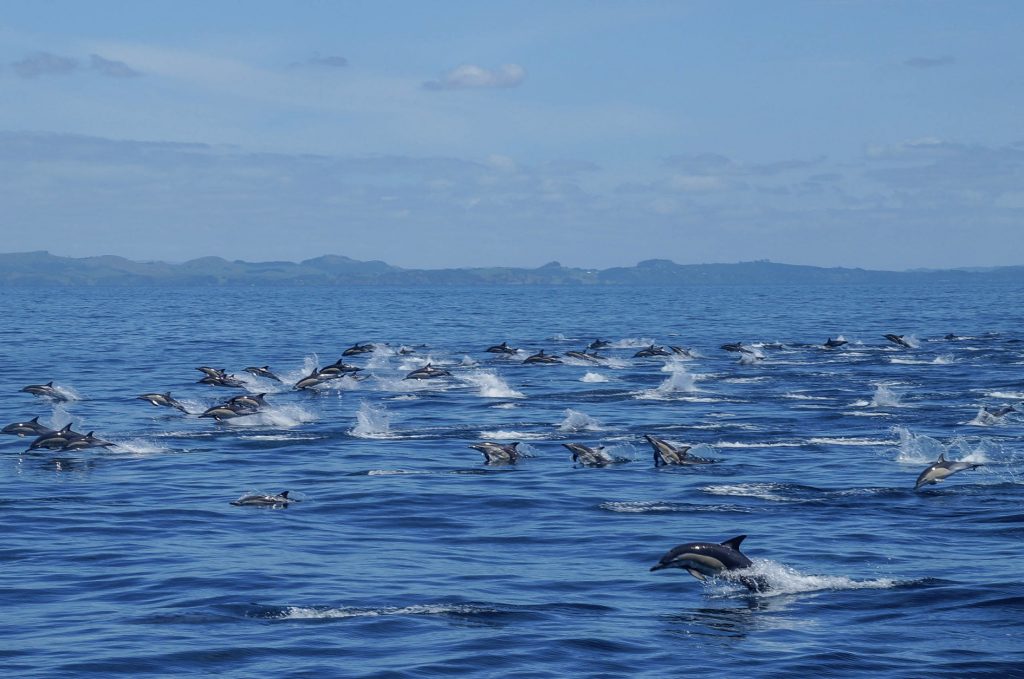
The venture is one of just two in the western Gulf that has a permit from the Department of Conversation to operate.
While they can cover an area north of Kawau Is, well out into the Gulf, and down to the tip of the Firth of Thames, they rarely need to travel that far.
The crew, under skipper Andy Light, are adept at ‘reading the signs’ to find the whales and dolphins.
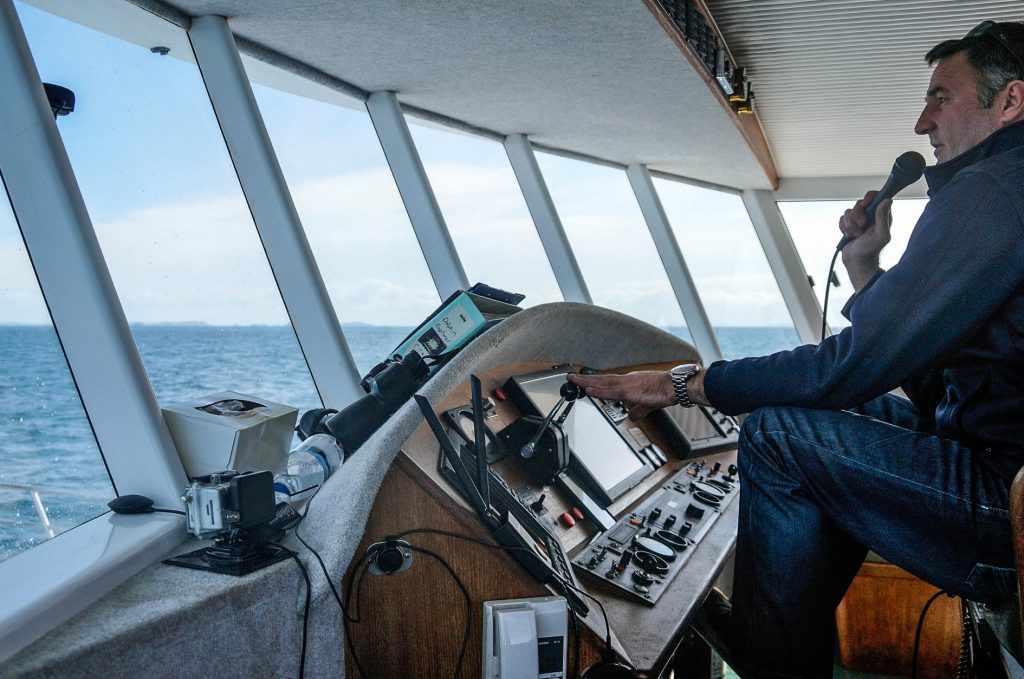
As a PhD student back in 2001, Karin Stockin was one of the first researchers to get out on the then Dolphin Explorer, when it first started operating in the Gulf. With little money to fund research, she was grateful for the helping hand.
“The owner of the business, Steve Stembridge, had been operating in the Bay of Islands for years. While he saw the Hauraki Gulf as a new business opportunity without competition, he also had concerns over the negative side of tourism in the north,” Stockin recalls.
“Research was beginning to show tourism was having a negative impact on the bottlenose dolphin population there. Steve wanted to do things differently.”
She recalls him approaching Massey University to see if there could be some collaboration, and with assurances from both Massey and University of Auckland, the Department of Conservation granted a research/tourism permit.
The following year Stockin started her PhD, on the impacts of tourism on the common dolphin, in the Gulf.
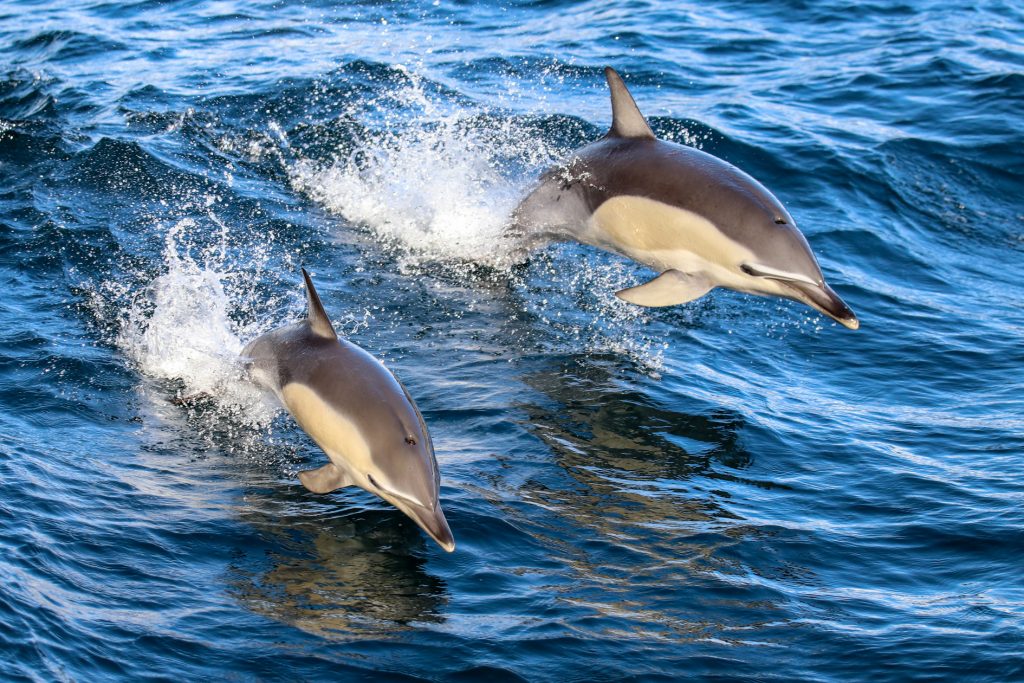
Another PhD student, Nicky Wiseman with the University of Auckland, also began early Bryde’s whale research.
The pair would head out into the Gulf together, free-of-charge, with the paying customers aboard Stembridge’s boat, becoming good friends along the way.
Wiseman and Stockin were soon able to raise a red flag over deaths of Bryde’s whales in the Gulf, by ship strike.
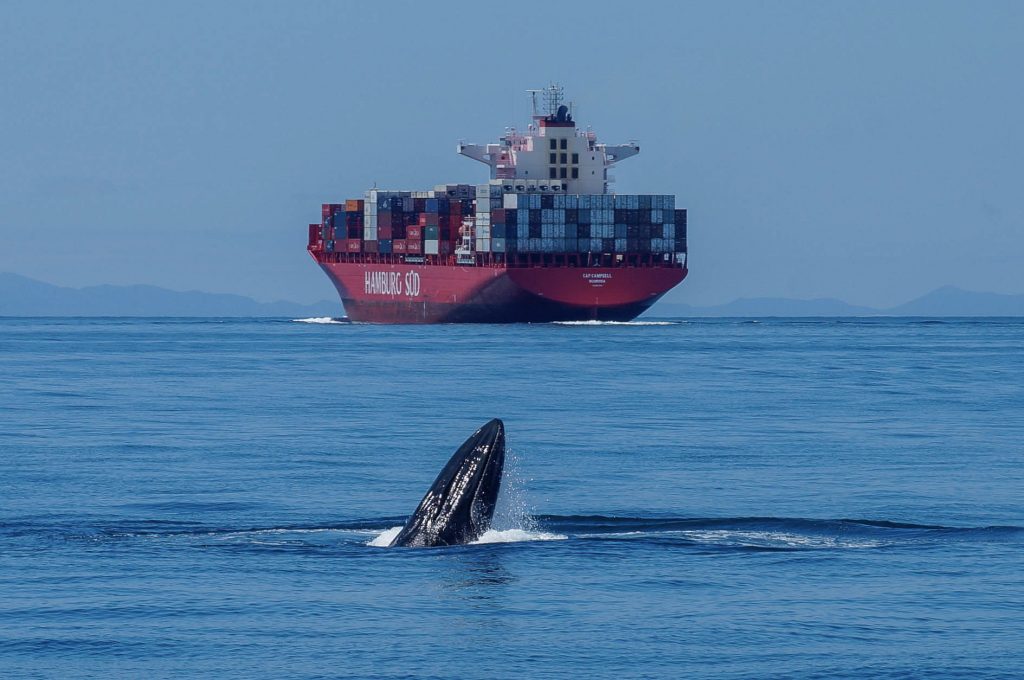
Stockin’s necropsies on dead whales showed most had died as a result of being struck.
The boat was well used for both teaching and research.
Ten years later, photos of individual animals taken from the boat, established that around 50 Bryde’s whales stay in the Gulf year round.
Having free regular access onto the water as a student, and later as a lecturer at Massey University for her own students, has been invaluable, Stockin says.
“Much more research has been done in the Gulf than might otherwise have been possible.”
But research results have also seen the tourism business change. Swimming with dolphins is a popular part of many tourism operations, with Stembridge’s permit also allowing for this. But when it was found bottlenose dolphins didn’t like a lot of human contact, and with local iwi also unhappy with the practice, the swimming platform was removed, and that part of the business shut down. After 17 years, a name change and under new manager Brad Kirner, marine research remains a strong part of the business, Catherine Lea says.
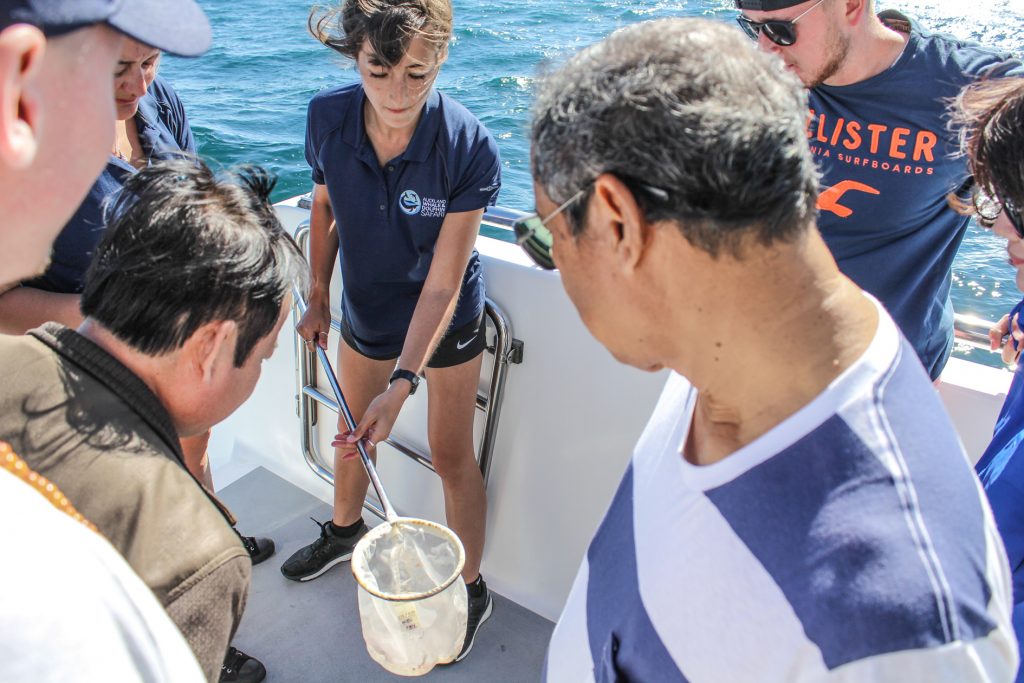
Having started as a research assistant with Stokin and her students, Lea is now the new marine research and conservation officer on board.
Soon after leaving the shelter of the viaduct, the boat stops for about 10 minutes while crew take phytoplankton density readings, lowering a white secchi disk overboard, explaining what they’re doing and why.
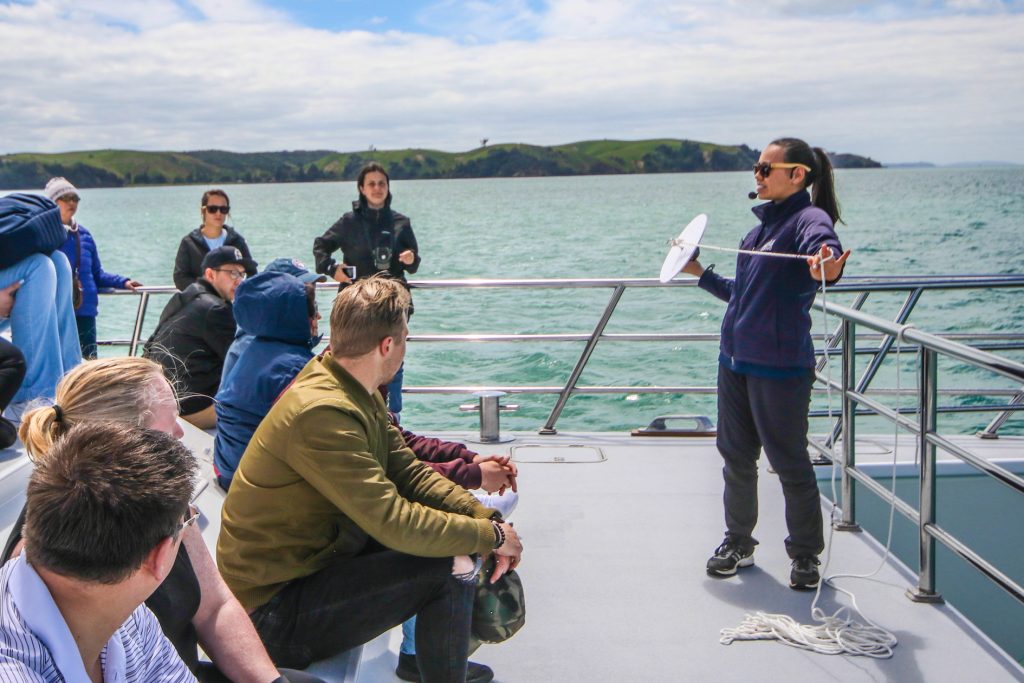
The depth the disk disappears from view reveals how much phytoplankton is in the water. With other readings taken around the globe, this helps scientists see changes to marine ecosystems over time, caused by things like climate change, or sedimentation, she says.
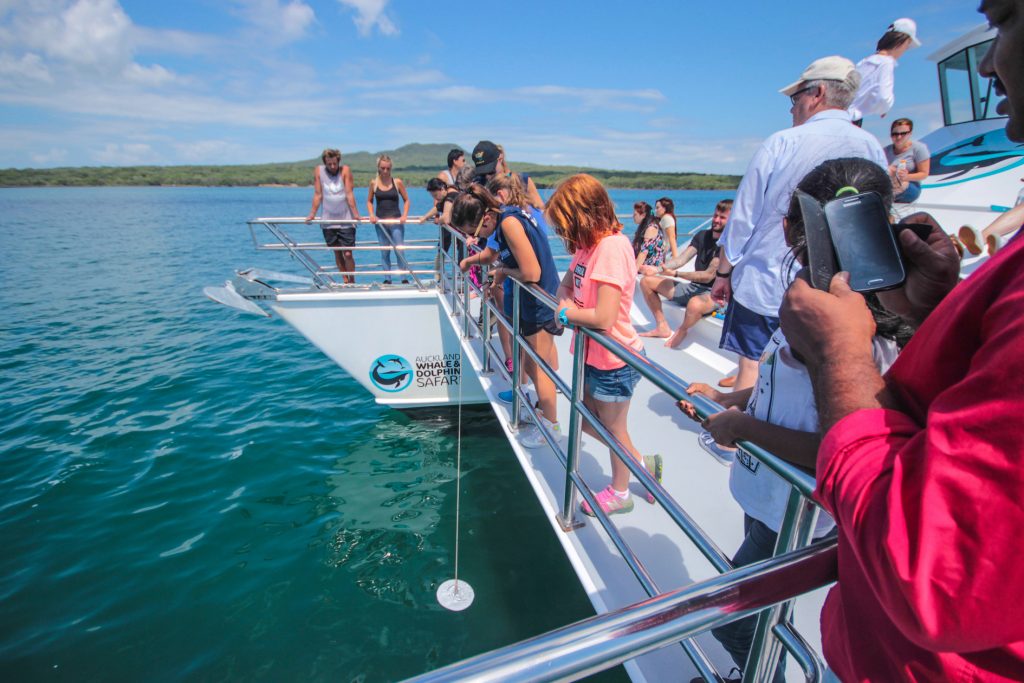
But it’s the wonder of seeing zooplankton – tiny marine animals, collected from surrounding water and swimming in a jar, that really grabs people.
“Suddenly they begin to see how the marine food-chain could work, and start asking questions,” she says.
“It really adds to their experience out on the water.”

“We want to break down those barriers between research and the general public.”
“We want people to leave the boat wanting to understand the environment better and to protect it.”


